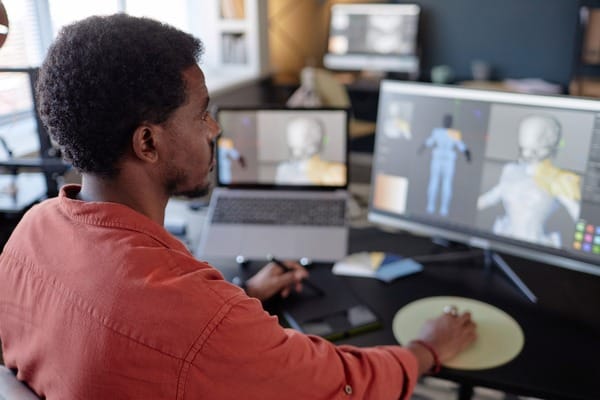Bringing your vision to life through 3D rendering and animation can be exciting yet challenging. Partnering with the right 3D studio is key to achieving stunning visuals that accurately represent your ideas. Here are some tips for working effectively with a 3D rendering and animation provider:
Define Your Goals and Expectations
Before starting any project, communicate your goals, target audience, and expected deliverables to the 3D studio. Providing detailed references and examples helps the team understand the look and feel you want to achieve. Be open about budget constraints and deadlines from the outset so the studio can set realistic expectations.
Provide Detailed Inputs and Feedback
The more information you provide upfront, the better. Supply 2D sketches, images, CAD files, written descriptions—anything that communicates your vision. If revisions are needed, articulate feedback clearly and focus on bigger-picture elements rather than pixel-level details. Respect creative feedback from the studio, as they bring experience and expertise in 3D visualization.
Allow Time for Iterations
Remember that multiple rounds of review and refinement are part of the creative process. Building in adequate time for back-and-forth collaboration is key, especially for complex projects. Be organized in tracking versions to avoid confusion. Find the balance between getting the visuals right while staying on schedule and budget.
Ask About the Process
Every studio has its own workflow. Ask specific questions upfront to understand the full creative process and technician expertise. Will storyboards or concept art be provided first? How many revision rounds are expected? This sets clear expectations so there are no surprises down the line.
Request 3D Files
While rendered visuals are the final deliverable, having the 3D files enables flexibility for future use. Clients can explore additional angles, make minor edits, and incorporate assets into other projects. Not all studios readily provide files, so request 3D files if desired.
Protect Intellectual Property
Take steps to protect IP for proprietary products and branding. Use NDAs, limit access to confidential material, and request non-compete clauses. Make sure the studio has secure systems and encryption for handling sensitive data. Watermarking early drafts is wise.
Plan Next Phases
A rendering is often the first step before real-world development. Discuss how the 3D assets can support the next phases, like prototyping, marketing materials, digital apps, and VR experiences. Foresight preserves options and prevents having to recreate work later.
Building strong relationships with trusted 3D partners leads to better execution and more impactful visuals. With realistic expectations, clear communication, and respect for each other’s expertise, 3D renderings can bring amazing visions to life. Finding the right studio match is essential to meet project challenges while delivering engaging visual content.
At EnDesign, we aim to deliver tailored 3D rendering and animation services that align with our client’s goals. By fostering open communication and collaboration, we transform your ideas into breathtaking visualizations, ensuring your vision is realized with precision and creativity. Get in touch with us to learn more!

